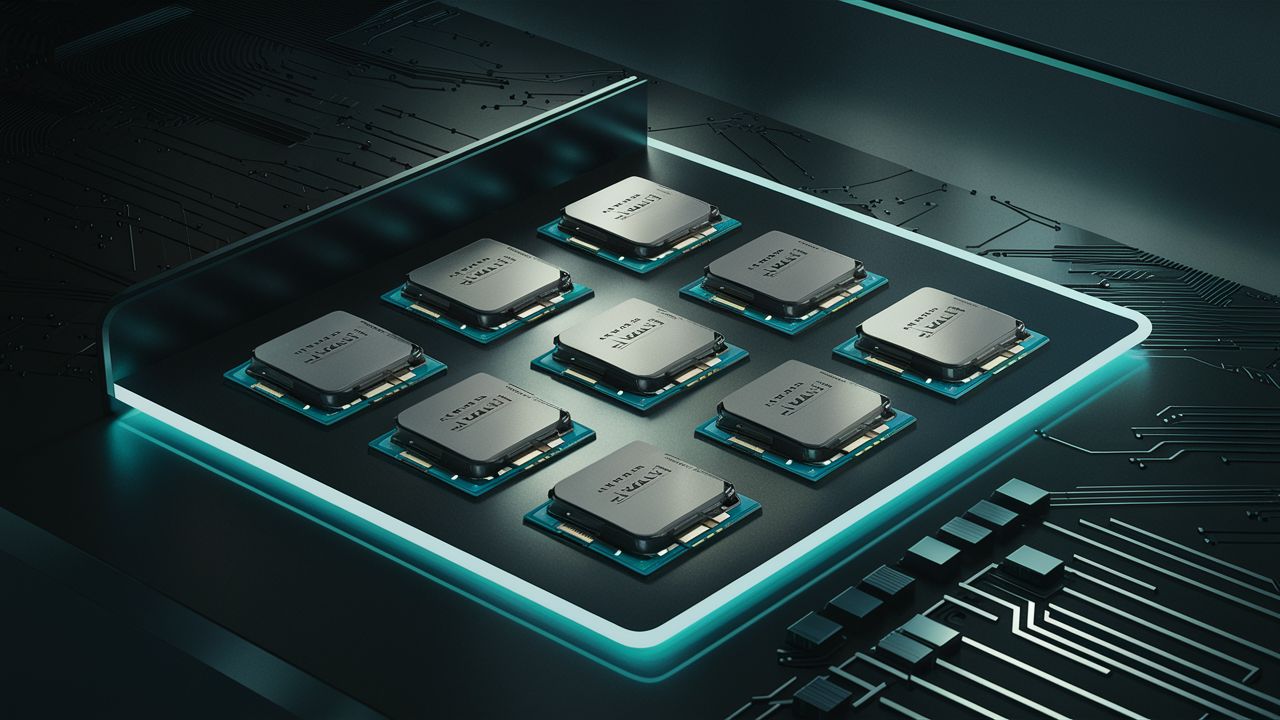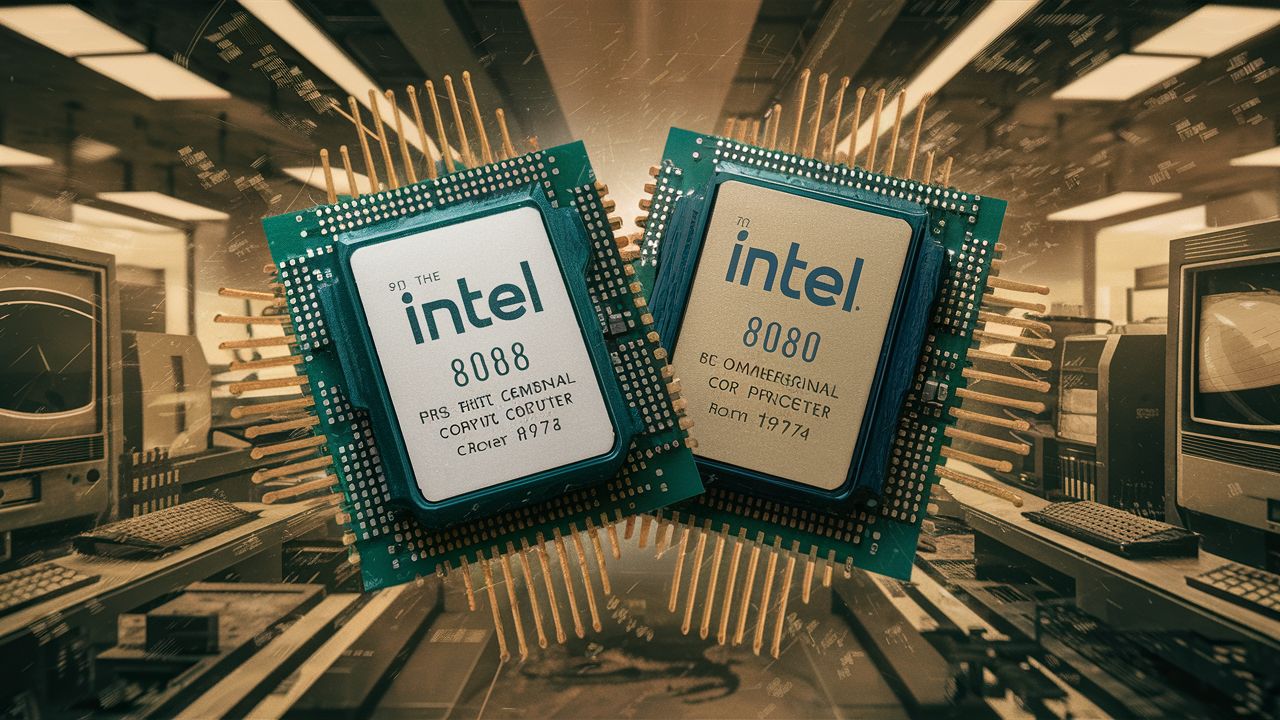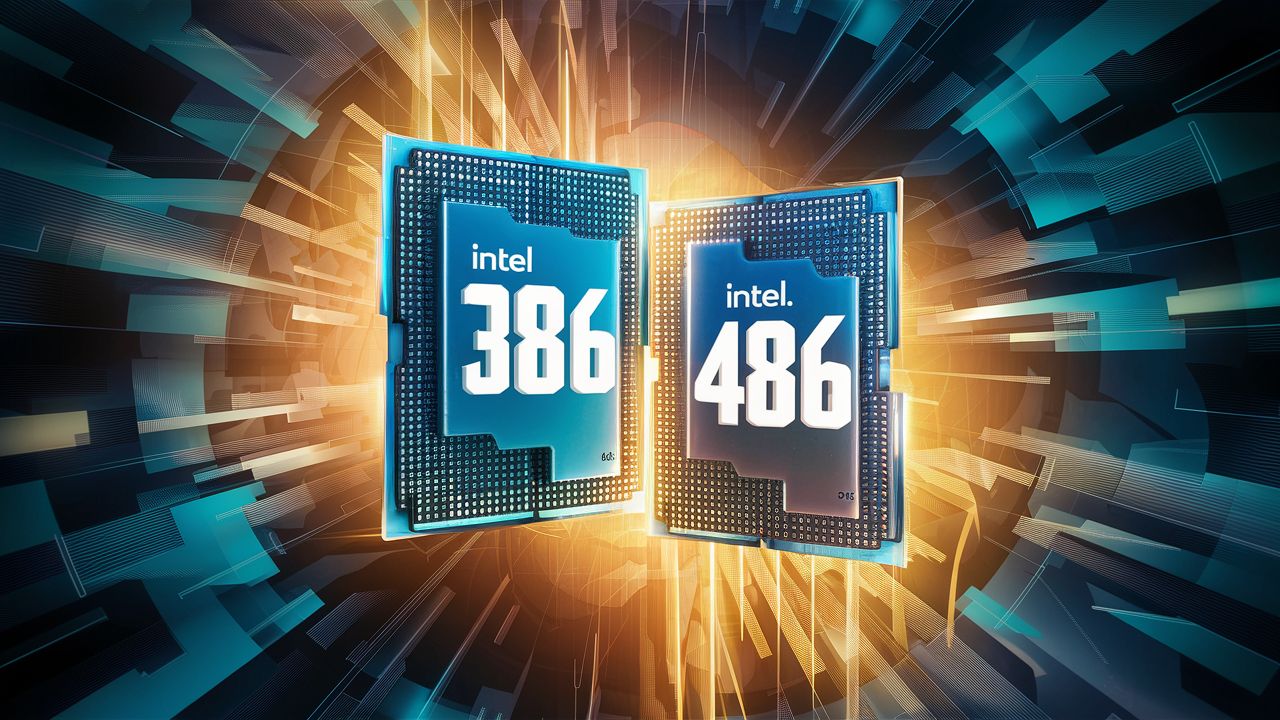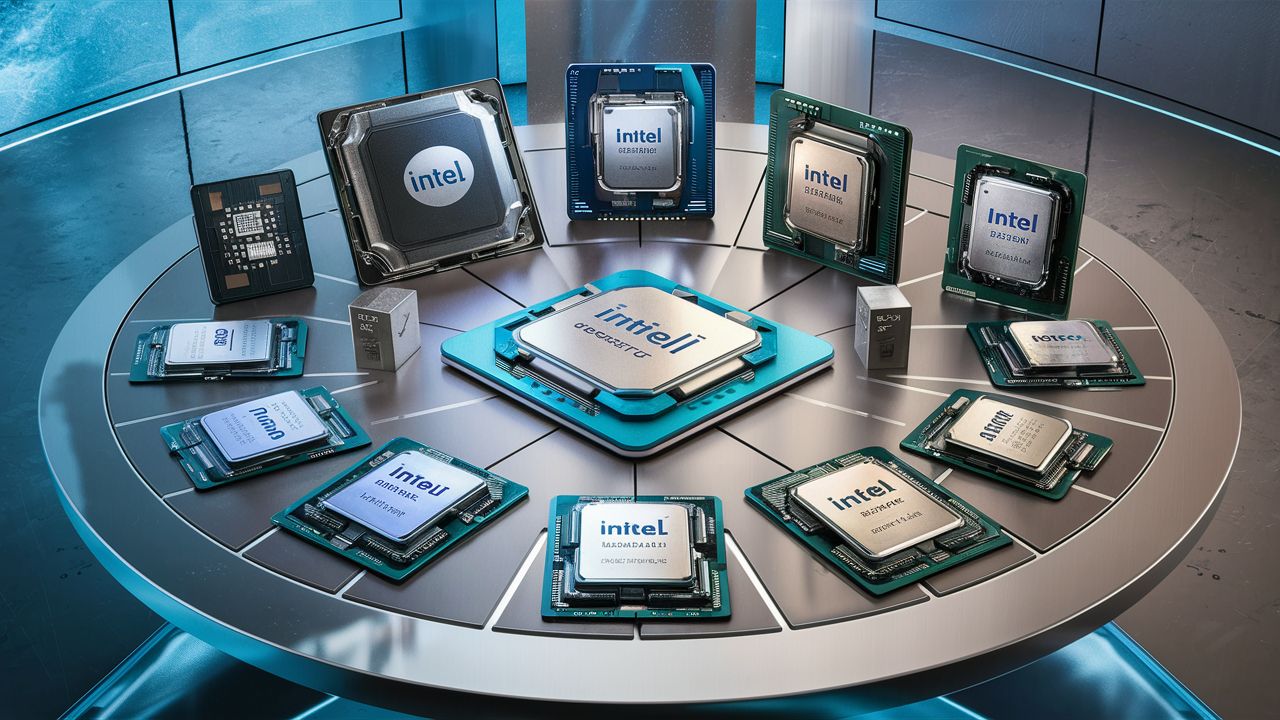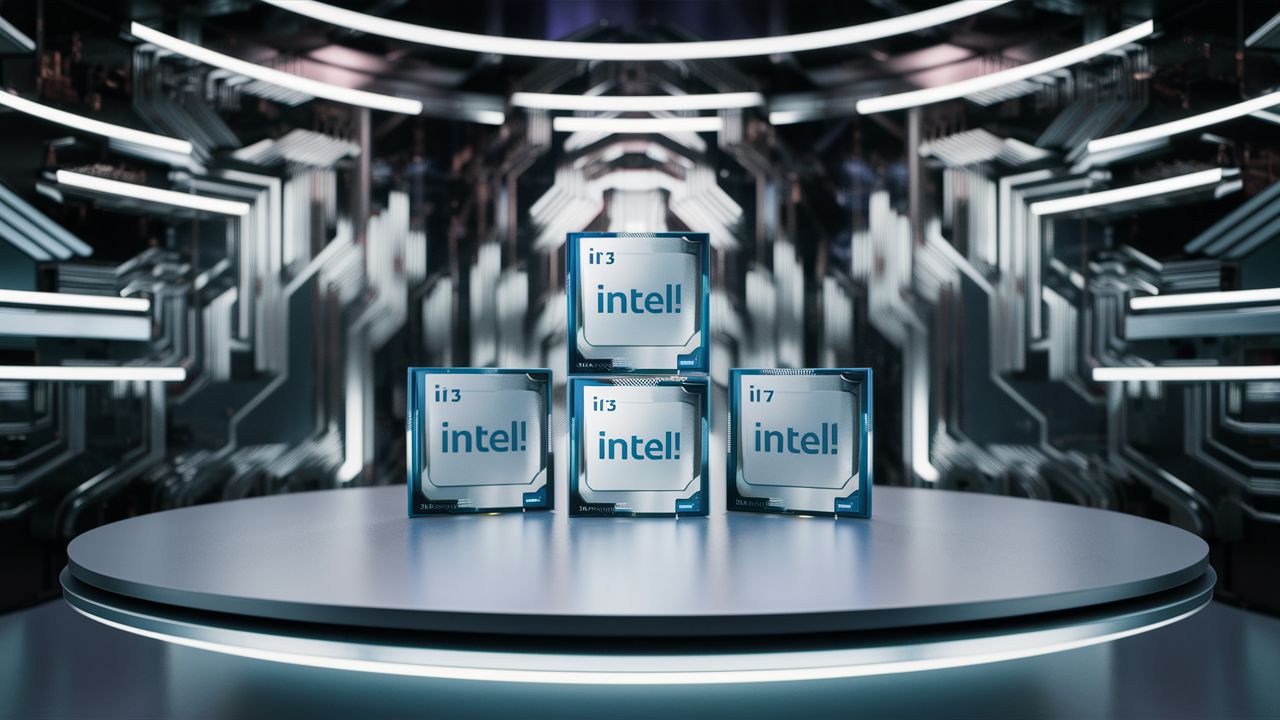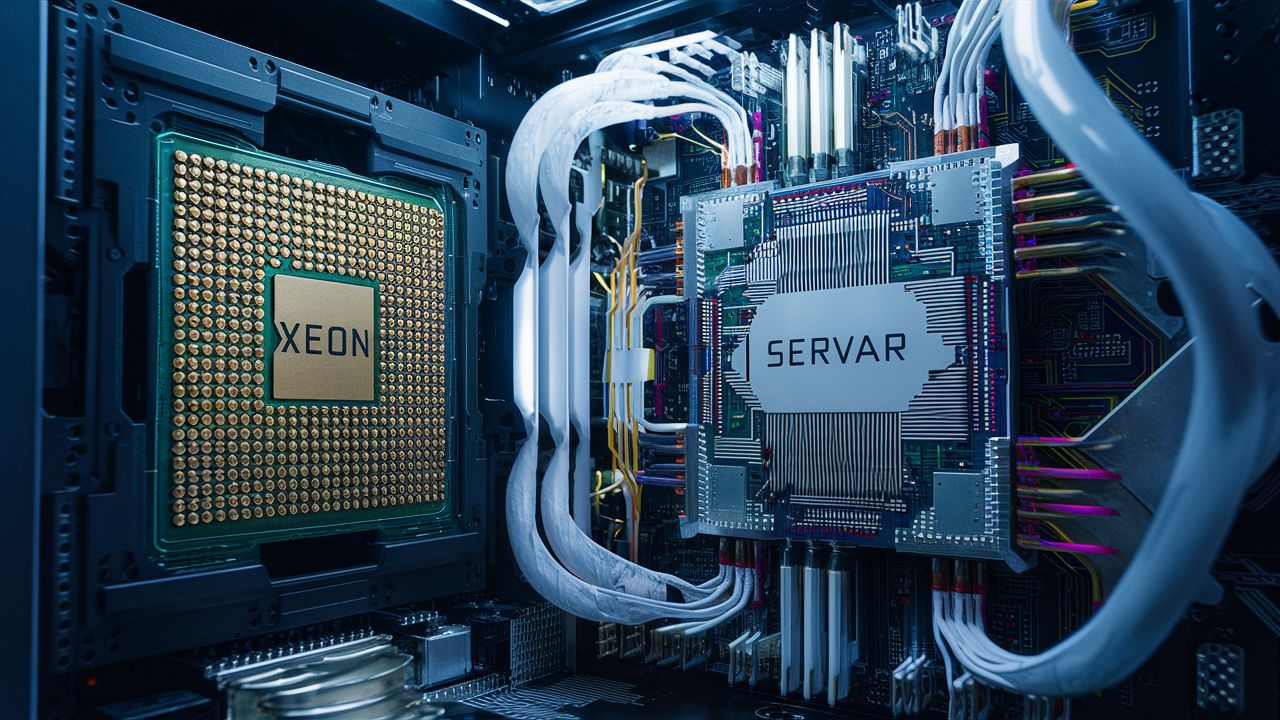The Evolution of Intel Processors: A Journey Through Innovation
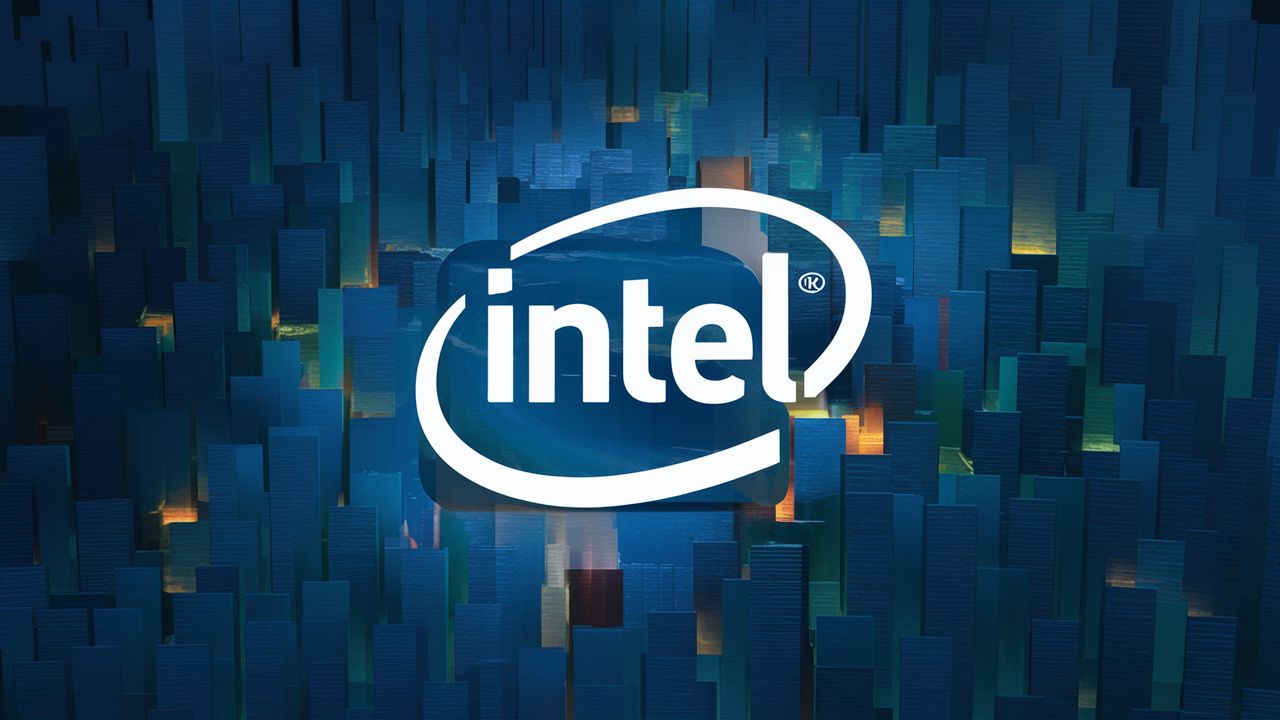
In the ever-evolving computing technology landscape, Intel has stood as a titan, consistently pushing the boundaries of what is possible. From the early days of the microprocessor revolution to today‘s complex architectures, Intel processors have been at the heart of countless computers, powering everything from basic home PCs to massive data centres. Let’s delve into the fascinating journey of Intel processors, exploring their history, innovations, and impact on the world of computing.
Table of Contents
In the Beginning: The Birth of Microprocessors
The story of Intel processors begins in 1971 with the introduction of the Intel 4004, a revolutionary 4-bit central processing unit (CPU). Developed by Intel engineers Federico Faggin, Ted Hoff, and Stanley Mazor, the 4004 marked the birth of the microprocessor era. With a clock speed of 740 kHz and the ability to perform 60,000 operations per second, it was a modest start by today’s standards, but its impact was profound.
The 8008 and 8080: Pioneering the PC Revolution
Building on the success of the 4004, Intel released the 8008 in 1972, followed by the famous 8080 in 1974. With their 8-bit architectures, these processors found their way into early personal computers and laid the foundation for the PC revolution. The Intel 8080, in particular, was a game-changer, powering machines like the Altair 8800, often considered the first personal computer.
The 8086 and x86 Architecture: A New Standard
1978 introduced the Intel 8086, a 16-bit processor that would become the foundation for the x86 architecture. With its ability to handle 16 bits of data at a time, this architecture set a new standard for computing power. The 8086 was followed by the immensely popular 8088, which found its way into IBM’s first PC in 1981.
The 386 and 486: The Rise of Performance
The 1980s saw Intel continuing to innovate with the introduction of the 386 and 486 processors. The Intel 386, released in 1985, was the first 32-bit processor in the x86 line, offering significantly improved performance over its predecessors. It was followed by the 486 in 1989, further pushing the speed and efficiency boundaries.
The Pentium Era: Breaking the GHz Barrier
In 1993, Intel unveiled the Pentium processor, marking a new era of computing power. The Pentium series quickly became synonymous with high-performance computing, with each new iteration pushing clock speeds to new heights. The Pentium III, Pentium 4, and Pentium D processors continued this trend, breaking the 1 GHz barrier and beyond.
The Core Series: Revolutionizing Multi-Core Processing
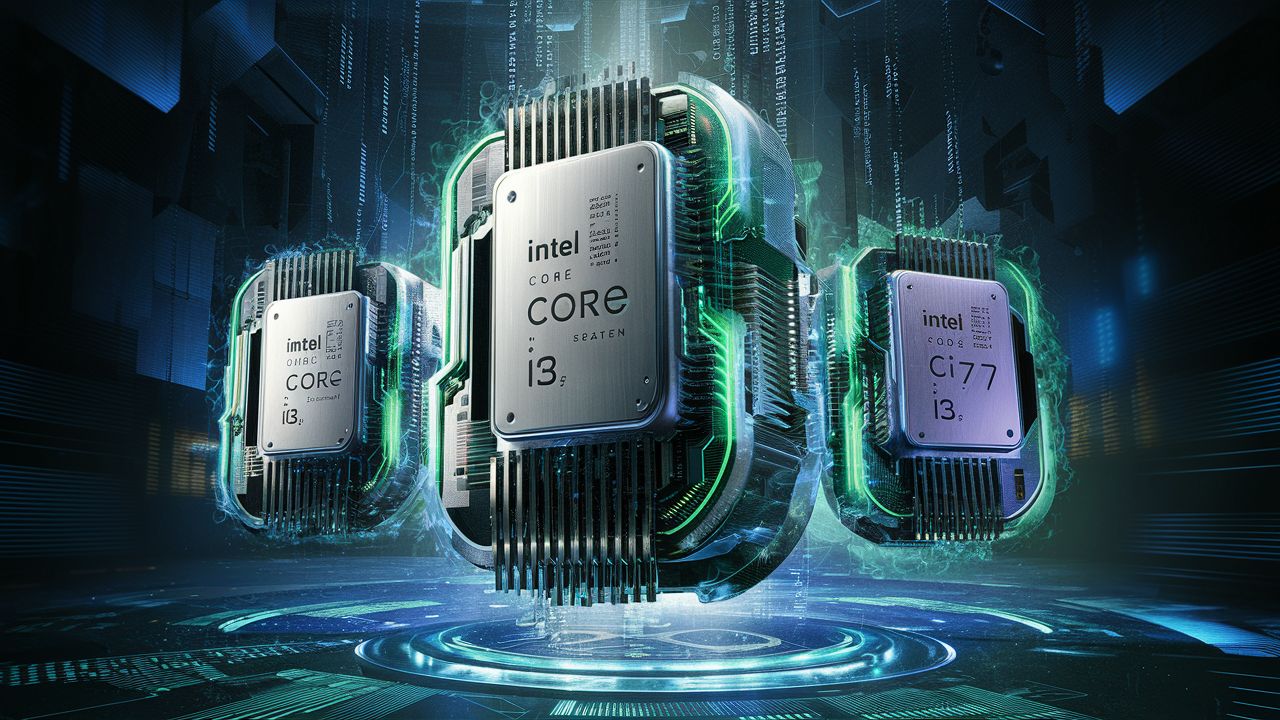
The mid-2000s brought about another significant shift with the introduction of the Intel Core series. Beginning with the Core 2 Duo in 2006, Intel embraced multi-core processing, offering consumers processors with two or more cores on a single chip. This innovation revolutionized computing, allowing for smoother multitasking and improved performance across various applications.
With the Core series firmly established, Intel introduced the Core
i3, i5, i7, and i9 processors, each catering to specific user needs. The Core i3 offers solid performance for everyday computing tasks, while the i5 balances performance and affordability. The i7 processors are geared towards power users and gamers, offering high clock speeds and multi-core performance. Finally, the i9 series represents the pinnacle of Intel’s consumer offerings, delivering extreme performance for enthusiasts and professionals alike.
Beyond the Consumer Market: Xeon and Server Processors
Intel’s influence extends far beyond consumer-grade processors. The company’s Xeon processors are designed for servers and workstations, offering unparalleled performance, reliability, and scalability. These processors power the backbone of the internet, data centres, and enterprise-level computing, efficiently handling massive workloads.
Looking to the Future: AI, Quantum, and Beyond
As we look to the future, Intel continues to innovate in areas such as artificial intelligence (AI), quantum computing, and more. The company’s AI-focused processors, such as the Intel Nervana Neural Network Processors, are paving the way for advancements in machine learning and deep learning applications. Additionally, Intel’s work in quantum computing promises to solve complex problems beyond the capabilities of classical computers.
Intel Processors: Conclusion
The journey of Intel processors is a testament to human ingenuity and the relentless pursuit of innovation. From humble beginnings with the 4004 to the cutting-edge technologies of today, Intel has profoundly shaped the world of computing. As we move into an era defined by AI, quantum computing, and beyond, one thing remains confident: Intel will continue to be at the forefront, driving progress and shaping the future of technology
